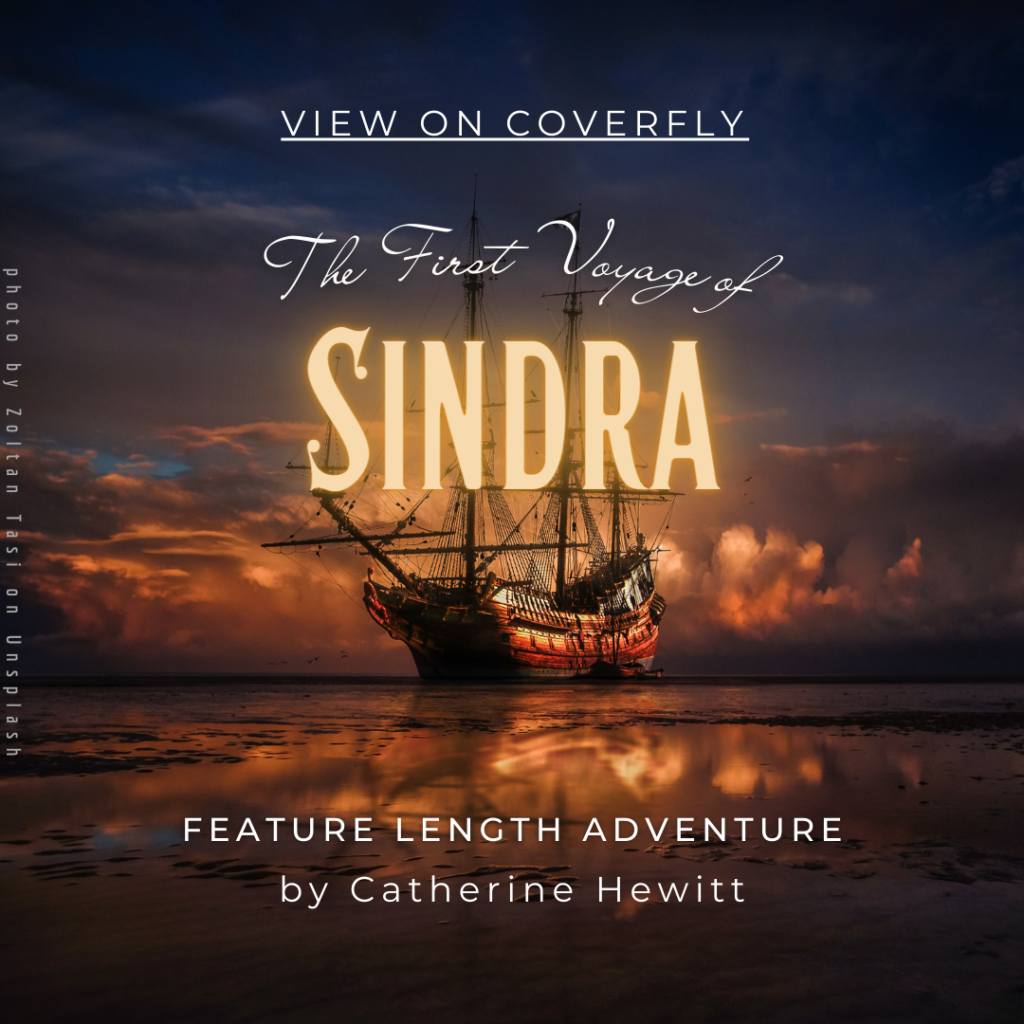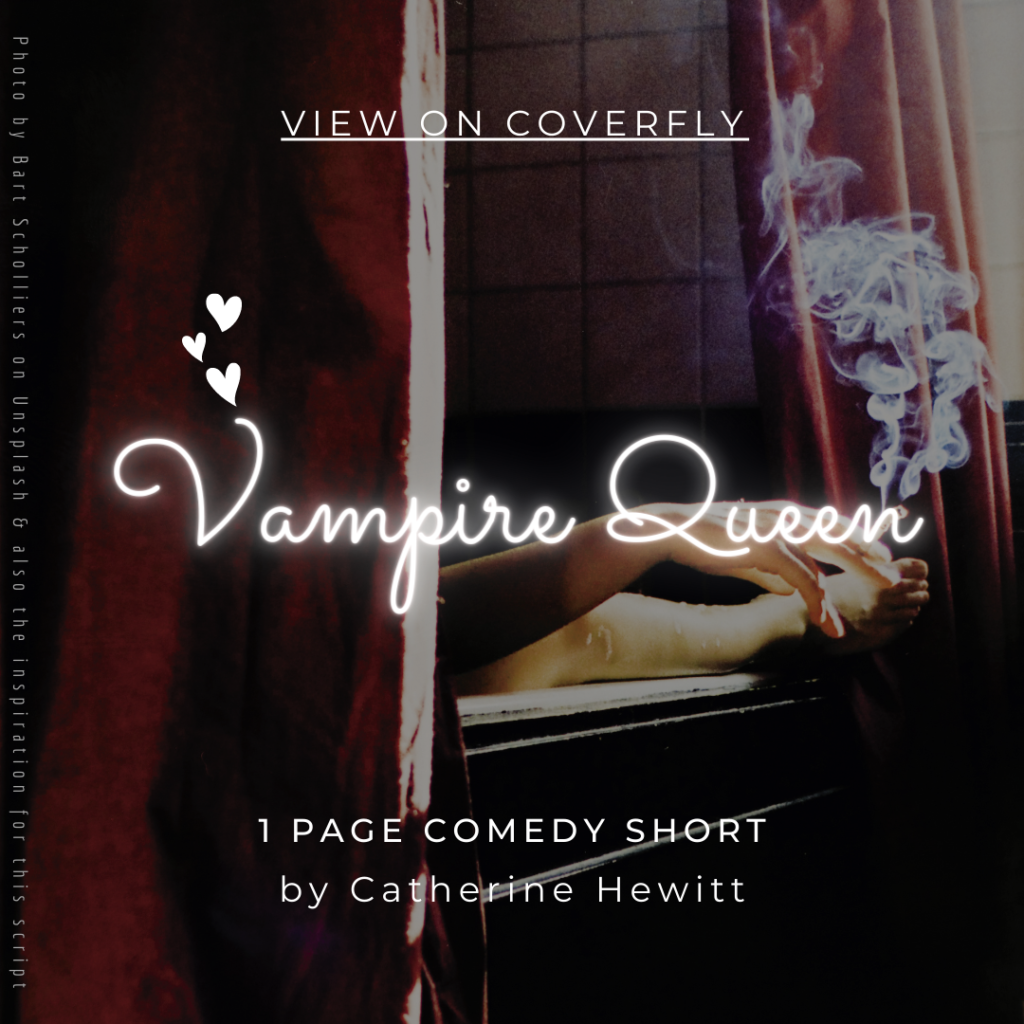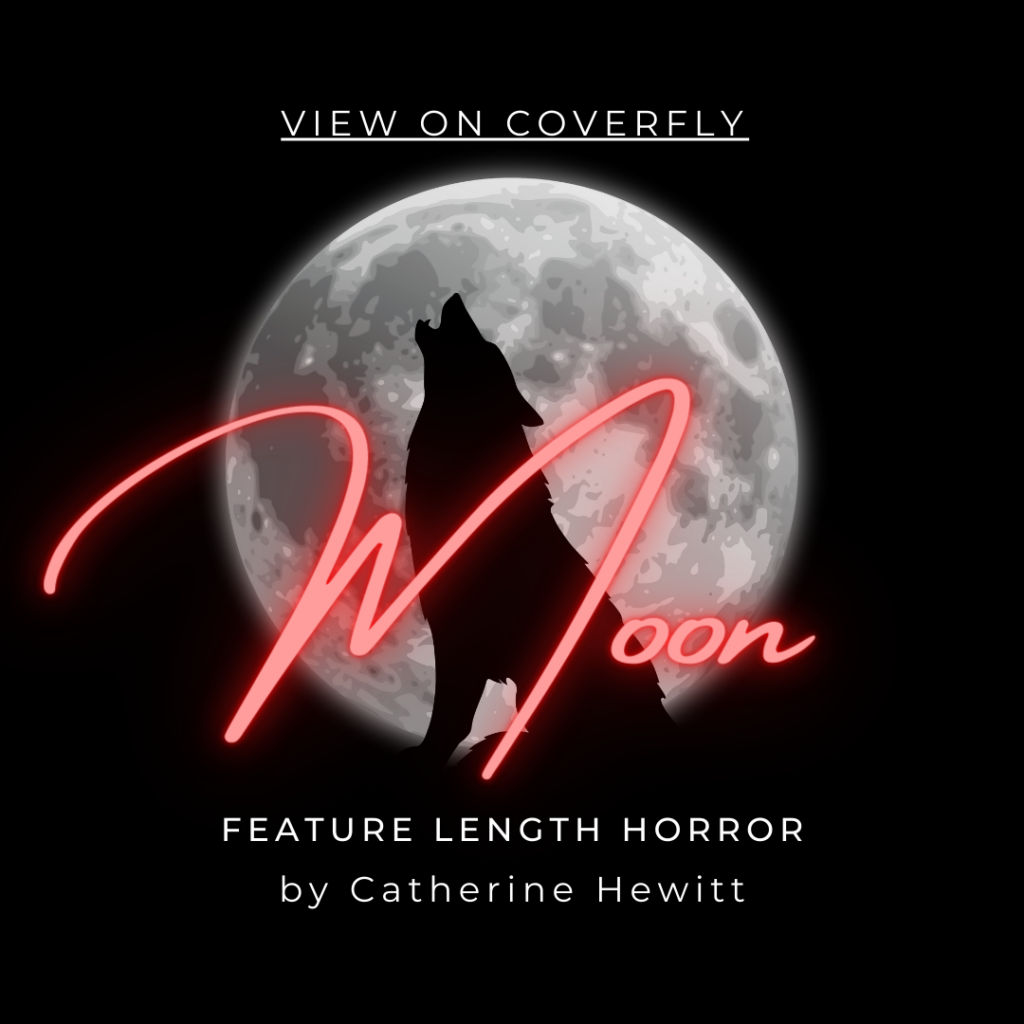How much of what we know about the Wild West is true, and how much is fiction? The cowboy, the outlaw, the frontier itself—woven into legend until history blurs at the edges. They were more than figures in time; they became symbols, shaped by dime novels and whispered campfire tales, until they stepped beyond the dusty roads and into the very core of storytelling. We still see their echoes in film, in books, in the way heroes and villains are written. And by the end of this post, we’ll unravel how these myths—born from the frontier—still ride through the narratives of modern storytelling, often in places we least expect.

The cowboy, a lone figure against a vast, unyielding landscape, became more than just a ranch hand or wanderer—he was an ideal. Dime novels painted him as a fearless hero, movies etched him into celluloid as the ultimate symbol of justice. But the truth was grittier, harsher, and far less glamorous. They were men of all backgrounds, fighting more against survival than outlaws, enduring unforgiving lands that cared little for legend. And yet, his spirit endured, reshaped with time. Now, he strides across the stars in sci-fi epics, a solitary space traveler chasing a purpose. He navigates neon-lit cityscapes as a detective whose moral compass refuses to waver. He stalks through dystopian wastelands, self-reliant as ever, proving that no matter how much the landscape changes, the cowboy never truly fades.
The outlaw, a specter of rebellion, lived in the shadows of civilization—a figure both feared and admired. Jesse James, Billy the Kid, legends born from whispers and gunfire, became myth more than man. Some stories painted them as noble rogues, others as merciless predators. The truth is tangled somewhere between hero and villain, but one thing remains—the outlaw’s legacy persisted far beyond the frontier. Today, he moves through gangster films, thrives in crime thrillers, walks the tightrope between morality and chaos. He is the reluctant savior, the cunning mastermind, the one who defies the system, because deep down, we still crave the outlaw—the one who doesn’t follow the rules, even if he’s the one writing them.
Where settlers saw untamed land, Native American tribes saw home—sacred, storied, and worth fighting for. Yet, the myths crafted around them reduced their narratives to something simpler, something inaccurate. They became either noble savages or faceless foes, their histories rewritten by the victors. But even myths evolve. The warrior archetype, born from those misrepresentations, now breathes new life into fantasy and historical fiction. The wise leader, the resilient fighter, the guardian of tradition—we see them in medieval tales, dystopian futures, even the superhero worlds that seek to reshape storytelling. Though history tried to erase them, the truth finds a way to endure, growing stronger with every story told right.
Before the cowboy carved his legend into the dust, knights rode into battle beneath banners of kings. Before the outlaw made his stand, the rogue highwayman charmed his way through ballads and whispered tales. The myths of the Wild West weren’t created in isolation; they were the next chapter in an ongoing story—one where honor, rebellion, and survival are rewritten with each new era. What began with medieval folklore became frontier legend, then morphed again into the modern heroes we know today. The detective with unwavering justice, the lone wanderer in sci-fi realms, the antihero seeking redemption—they all carry echoes of the West, whether they wield guns or simply walk the line between right and wrong. The frontier was never just a place—it was an idea, one that refuses to die.
These myths and legends of the Wild West did not end with history’s last gunslingers—they evolved, transformed, and embedded themselves into the stories we still tell. The cowboy walks through space operas and detective thrillers, the outlaw thrives in gangster films and superhero narratives. Even the legends of Native American warriors contribute to richer, more nuanced depictions of strength and resilience in storytelling today. The Wild West may be gone, its dusty roads paved over by time, but its echoes remain—woven into the very fabric of how we write about morality, adventure, and the boundless search for something greater.
Horror and Fantasy Author – Also writing as K.T. McQueen. Love Western Horror, cowboy boots, my cactus Collin, & my Demon Cat.
Moths – I hate moths, the way they flutter at your face!




